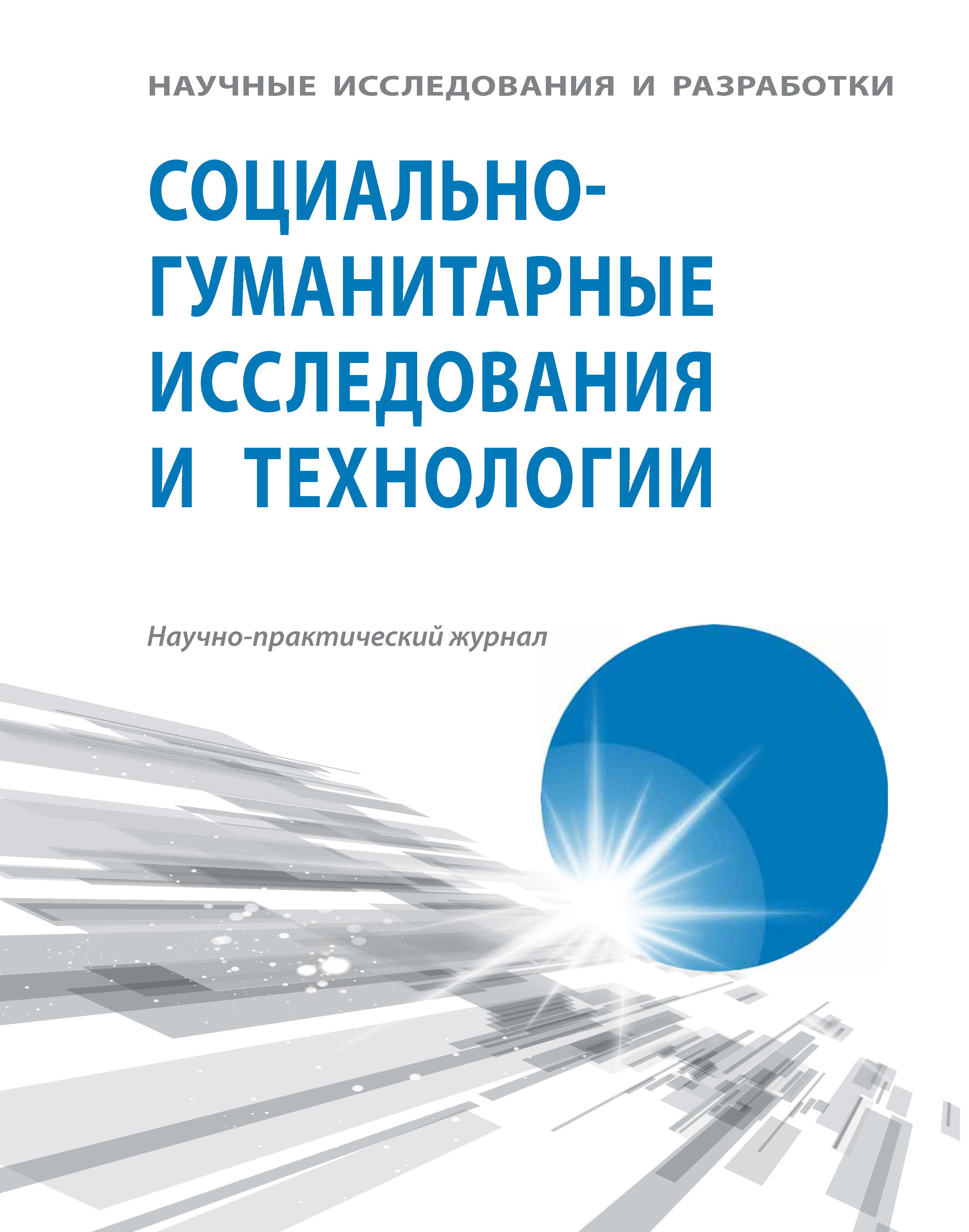Taganrog, Rostov-on-Don, Russian Federation
The article presents the results of a study of ideas about the family in primary schoolchildren of different ages. The respondents were 95 primary schoolchildren, students of the 2nd, 3rd and 4th grades of secondary schools. A free associative experiment was used as a research method. It was found that the content of the most common associations varies from one age group to another. During primary school age, the characteristic that children give to relationships between family members is transformed (“friendship” changes to “love”), the mention of “I” from the list of family members disappears, the frequency of use of generalizing categories (“relatives”, “kin”) increases. The results can be used by specialists working with children to assess the family situation in which the child grows, from the perspective of the experiences of the child.
representations, family, primary school student, associative experiment, development
1. Aslamazova L.A. Predstavleniya priemnyh detej o mezhlichnostnyh otnosheniyah v sem'e // Sborniki konferencij NIC Sociosfera. Vedecko vydavatelske centrum Sociosfera-CZ s.r.o.: Praga, 2014. S. 34-38.
2. Berezina T.A. Osobennosti formirovaniya obraza sem'i u sovremennyh doshkol'nikov. Detskij sad: teoriya i praktika. № 12. M.: Izd-vo Edis'on Press, 2014. S. 20-29. EDN: https://elibrary.ru/TDONZZ
3. Varga A.YA. Struktura i tipy roditel'skogo otnosheniya: Avtoref. dis. k.psihol.n. M., 1986. 21 s. EDN: https://elibrary.ru/NPABWD
4. Krupnik I.R. Osobennosti semejnyh predstavlenij u detej trudovyh migrantov, detej-sirot i detej iz obychnyh polnyh semej // Psihologiya. Ekonomika. Pravo. 2014. № 3. S. 13-21. EDN: https://elibrary.ru/SXKHLP
5. Liders A.G. Psihologicheskoe obsledovanie sem'i. M.: Akademiya, 2006. 432 s. EDN: https://elibrary.ru/QXOZUB
6. Obuhova L.F. Vozrastnaya psihologiya. M.: Pedagogicheskoe obshchestvo Rossii, 2000. 448 s.
7. Sergeeva E.V., Vasil'eva M.I. Formirovanie predstavlenij o rodoslovnoj sem'i kak o sredstve social'no-nravstvennogo vospitaniya detej starshego doshkol'nogo vozrasta // Vospitanie i obuchenie: teoriya, metodika i praktika III Mezhdunarodnaya nauchno-prakticheskaya konferenciya. CHeboksary: OOO «Interaktiv plyus», 2015. EDN: https://elibrary.ru/TXXMRZ
8. SHurko L.I., Tarasova L.YU., Kurashova L.N. Formirovanie predstavlenij o svoej sem'e u detej starshego doshkol'nogo vozrasta // Sovremennye tendencii v obrazovanii i nauke. Sbornik nauchnyh trudov po materialam Mezhdunarodnoj nauchno-prakticheskoj konferencii. Tambov: Izdatel'stvo OOO «Konsaltingovaya kompaniya YUkom», 2014. S. 148-150. EDN: https://elibrary.ru/TBVNDH
9. SHCHerbakova A.M. Predstavleniya o sem'e i semejnyh rolyah u detej-sirot. Akmeologiya. M.: Nauchno-issledovatel'skij institut shkol'nyh tekhnologij. 2008. S. 136-139.
10. Ejdemiller E.G. Psihologiya i psihoterapiya sem'i / E.G. Ejdemiller, V.O. YUstickis. SPb.: Piter, 2002. 656 s.
11. Bowen, M. (1978). Family Therapy in Clinical Practice. New York: Jason Aronson.
12. de Cock, T.P., Shevlin M. (2014). Parental Bonding. A Typology of the Parent-Child Relationship in a Population Sample. SAGE Open. Aug 2014, 4 (3) DOI:https://doi.org/10.1177/2158244014547325.
13. Roberts, D., Coakley, T.M., Washington, T. & Kelley, A. (2014). Fathers’ Perspectives on Supports and Barriers That Affect Their Fatherhood Role. SAGE Open. Feb 2014, 4 (1). DOI:https://doi.org/10.1177/2158244014521818.
14. Roskam, I., Meunier, J.-C., Stievenart, M. (2015). From Parents to Siblings and Peers. The Wonderful Story of Social Development. SAGE Open. Oct 2015, 5 (4) DOI:https://doi.org/10.1177/2158244015611455.
15. Satir, V., Baldwin, M. (1983). Satir step by step: a guide to creating change in families. Palo Alto, CA: Science and Behavior Books.
16. Winnicott, D.W. (1992). The Family and Individual Development. London, Routledge.






